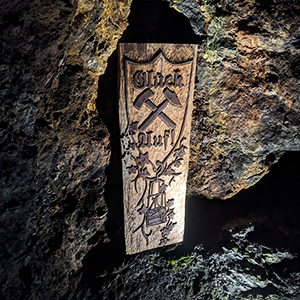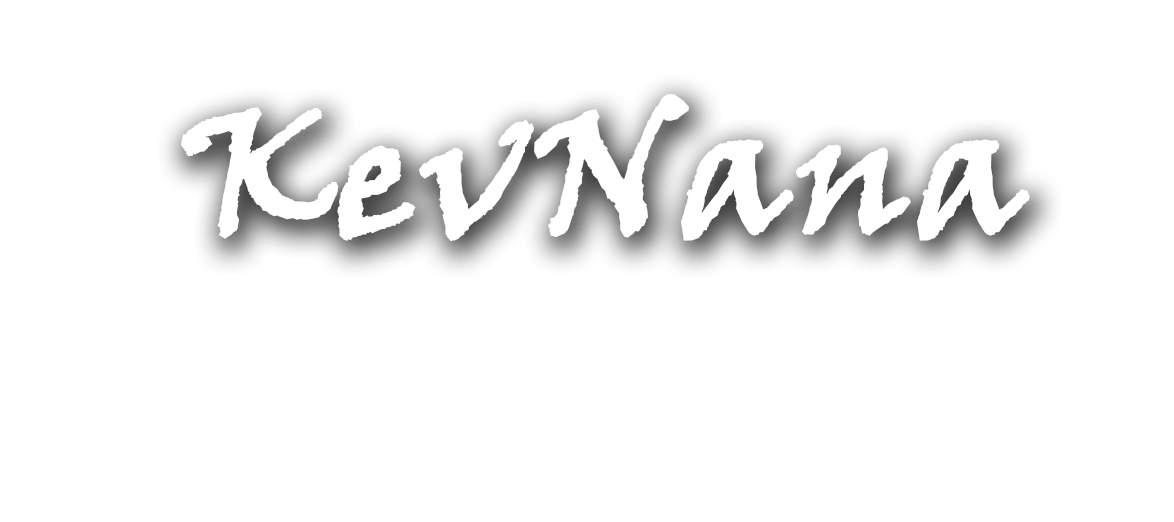
Saalfeld Fairy Grottoes
During the bridging days between Christmas and New Year, it was once again time to make a few small excursions. In addition to visiting relatives and ice skating, we also wanted to go to a new place we hadn’t been to before: the Fairy Grottoes in Saalfeld. We had already been to the Dragon’s Cave in Syrau, the Wieliczka Salt Mine in Poland, or the Turda Salt Mine in Romania – now we wanted to visit this nearby mine, although “near” is relative here. By car, it would have been about an hour’s drive to the south, but we traveled by train and bus via Jena Göschwitz, so the journey took almost two hours one way.
Arriving in Saalfeld, we were initially surprised to find that the train station with shops was so lively. Most train station buildings in small Thuringian towns are closed or quite run down. On the forecourt, we had to orient ourselves a bit, as our bus stop was slightly off. The bus ride took about 15 minutes, passing through the city center with narrow streets. It bore many similarities to Eisenach or Greiz but was noticeably more bustling. Upon reaching the Fairy Grottoes, we had some time before our pre-booked tour. At the parking lot, there was the museum, which we planned to visit after the tour, as well as restrooms and a snack bar. Going up the slight incline, we encountered the first souvenir shops and the entrance area. In the entrance building where the ticket counter is located, there were some heated benches. Interestingly, a cat had comfortably settled there, being petted by all visitors (including us, of course). Otherwise, the building featured plenty of stones and, in some cases, very inexpensive fairy, bat, and dragon-related items.
Behind the building was the waiting area for the guided tours, and our group consisted of about 25 people. After the tour guide arrived and explained a few basic rules, we proceeded a bit further up the mountain. To avoid getting our clothes dirty, all participants were given cloaks, and those who wanted could also wear a cap, making us look like a group of dwarves. After a group photo, we entered the mine shaft, and as the guide had warned, anyone taller than 1.70 meters should walk in a crouched position. This allowed Nathalie to almost entirely walk through the passages while standing, whereas I mostly had to walk with my head lowered, sometimes through shafts that were several hundred meters long.
In the various rooms, the guide told us about the history and work in the mine. He also explained the myths that had arisen from it. In the last room, similar to the Dragon’s Cave in Syrau, there was a light and color show with music. This room is often booked for weddings or other events. The cave, with its intricate passages, ultimately led to another souvenir shop where we could return the clothing and received small stones as souvenirs. There, we also had the opportunity to taste spring water from the grotto. Naturally, we tried it, but it was rather unpleasant. Supposedly rich in minerals, it tasted quite stale, almost like licking a stone. As is customary, Nathalie bought a magnet, and I couldn’t resist buying an alum pencil, which, when applied to wounds, stops bleeding and helps them heal faster (perhaps useful for travels?).
Afterward, we visited a small museum. It mainly focused on mining work and the countless rocks originating from the region. It was also nicely laid out, though one probably needs an affinity for minerals to be truly captivated by it.
Well-timed, the bus arrived shortly thereafter, taking us back to the train station. We grabbed something from the bakery there and boarded the train. Unfortunately, it started nearly 20 minutes late due to technical problems. However, since we had planned for longer layover times, we still arrived back in Weimar at the originally scheduled time.

